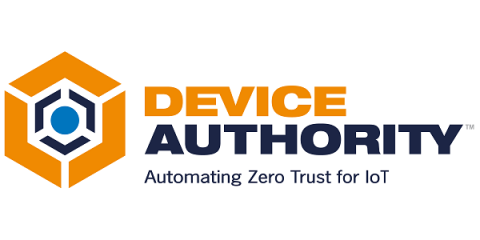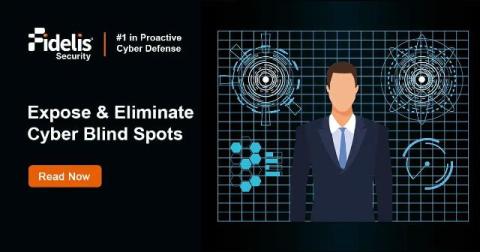How to Master Security Identity and Access Management (IAM)
Security identity and access management (IAM) is crucial for protecting digital identities and controlling access to sensitive resources. This guide covers the importance of IAM, its key components, and how to enhance security through methods like role-based access control and multi-factor authentication.










